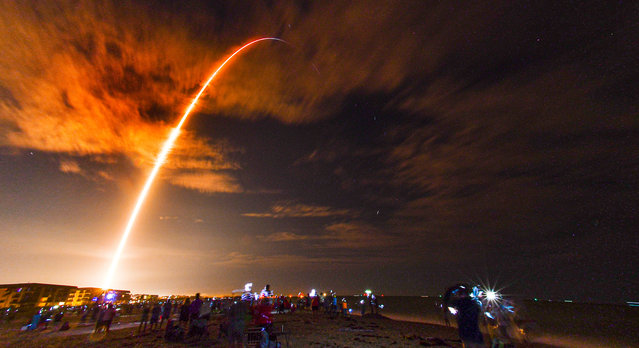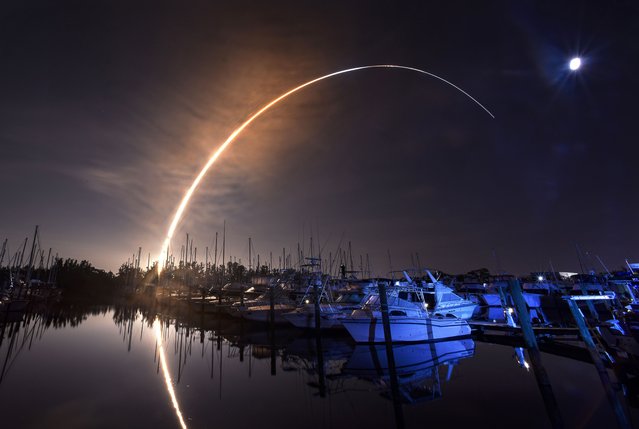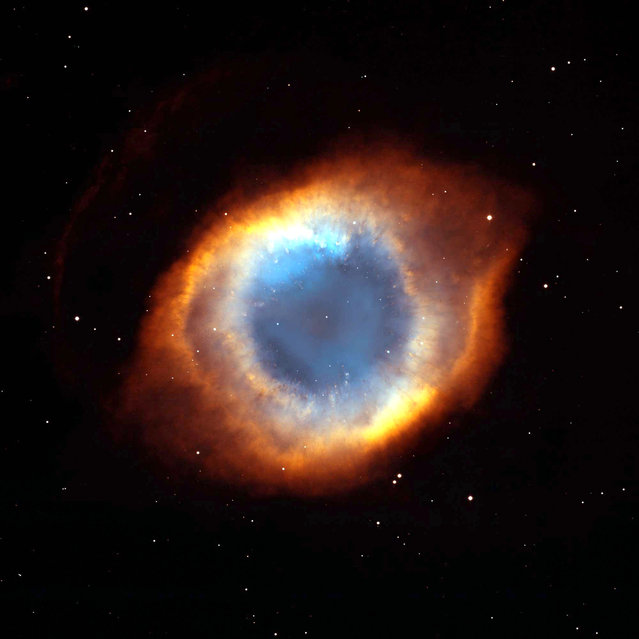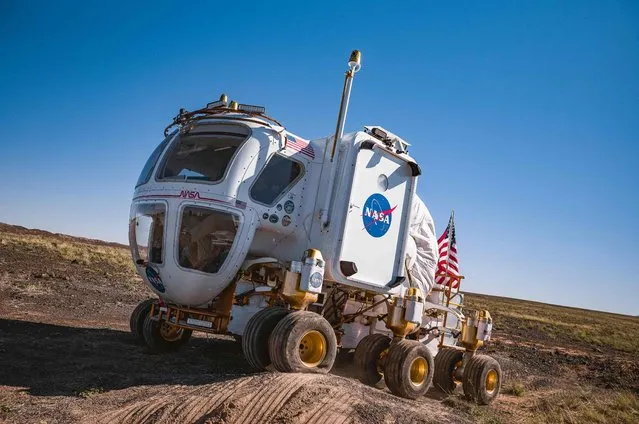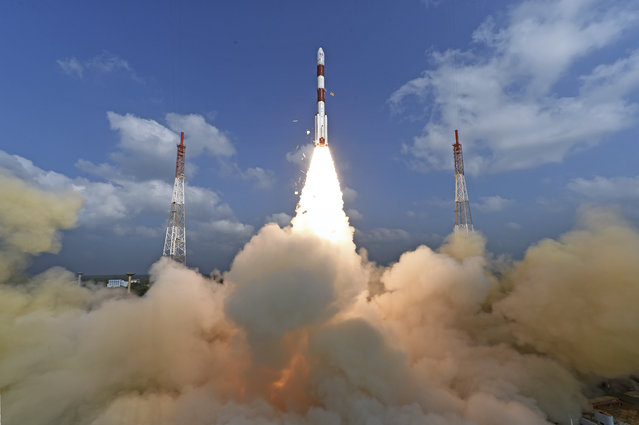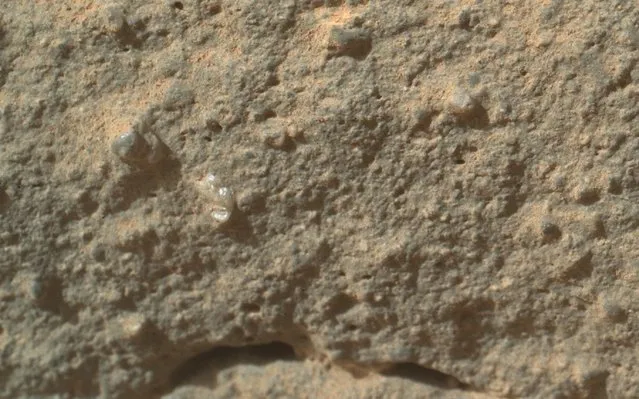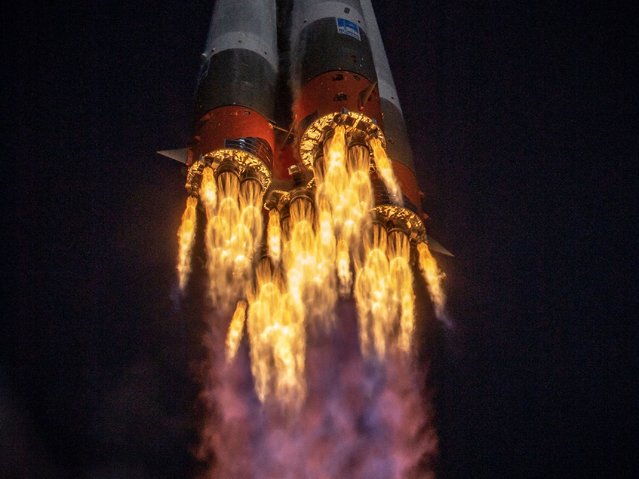
The Soyuz MS-17 spacecraft carrying the International Space Station (ISS) expedition 64 crew of NASA astronaut Kate Rubins and Russian cosmonauts Sergey Ryzhikov and Sergey Kud-Sverchkov blasts off to the ISS from the Russian-leased Baikonur cosmodrome in Kazakhstan on October 14, 2020. (Photo by Roscosmos/Handout via AFP Photo)
16 Oct 2020 00:07:00,post received
0 comments

